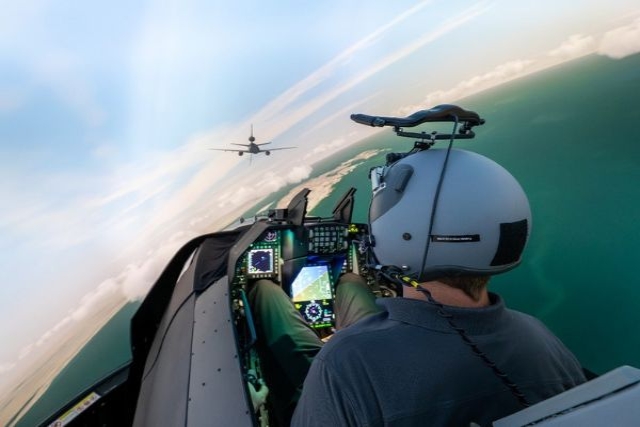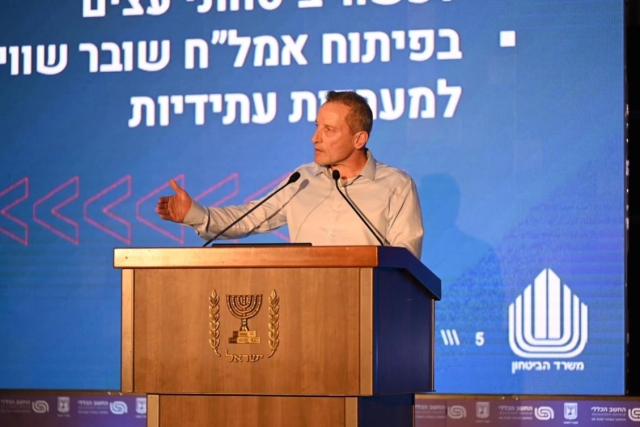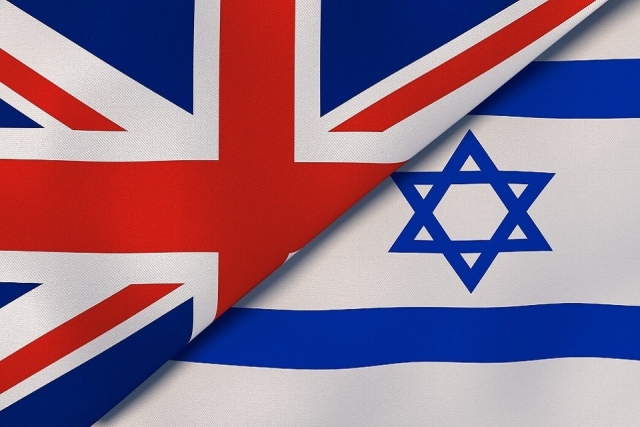India has 44 ships, submarines on order: Navy Chief

Indian Navy Chief Admiral Sureesh Mehta
The chief of the Indian Naval Staff, Admiral Sureesh Mehta who is also the Chairman of the Chiefs of Staff Committee gave an interview to our print media partner, Vayu Aerospace. Excerpts from the interview.
DW : As per available statistics, 35 ships are being built for the IN across Indian and foreign shipyards. Could you brief us on the state of current orders, and planned future acquisitions?
Chief of Naval Staff Admiral Sureesh Mehta: We are acquiring ships in accordance with the Navy’s current Maritime Capability Perspective Plan. There are presently 44 ships and submarines are on order. Our preferred choice of inducting ships has been through the indigenous route. There are presently 39 ships and submarines on order from Indian shipyards and the induction programme is continuing apace. For instance, the GRSE has already delivered two out of three of the large amphibious ships that were on order on the yard. Ten waterjet Fast Attack Craft and advanced Anti-Submarine Corvettes are also under construction here. In the south, Cochin Shipyard Limited (CSL) is, as you are aware, progressing the construction of our most ambitious ship yet- the Indigenous Aircraft Carrier. At Mumbai, our premier warship-building yard, Mazagon Docks Limited is engaged in the ‘line construction’ of Kolkata-Class destroyers and stealth frigates of the Shivalik-Class, apart from the Scorpene submarines. Goa Shipyard Limited has moved on to advanced versions of OPVs, these are under construction. The yard is also building our second Sail Training Ship. All these ships are due to be inducted within the next 5-7 years. Over the years, we have taken a conscious decision to encourage other shipyards, including private yards, to enter the specialized field of warship-construction. The response has been encouraging.
DW : What is the status of the six Scorpene-Class submarines being built for the IN? When will the first one take to the seas?
Chief of Naval Staff Admiral Sureesh Mehta: The Scorpene-Class submarines are scheduled to be inducted from 2012 onwards. Two boats are already under construction at Mazagon Docks Limited, in Mumbai, and work will follow thereafter. The MDL has a great deal of experience in submarine-building and we repose great faith in this yard. The process of indigenization is something to which we are paying particular attention. We have taken several initiatives in this regard and are presently identifying and encouraging public and private partners to involve themselves in this venture.
DW : What is the present status as regards acquisition of INS Vikramaditya (the erstwhile ‘Admiral Gorshkov’). Has the problem of Russian manufactures demanding additional money been settled once and for all? At the same time, what are the immediate prospects if the Indian Navy’s carrier force being supplemented indigenously?
Chief of Naval Staff Admiral Sureesh Mehta: There has been much speculation on this subject in the media both in India and in Russia, as also elsewhere. Even some exorbitant cost escalations have been speculated, presumably via the internet. Let me say that these figures are absolutely unconfirmed. The induction of the INS Vikramaditya has certainly been delayed. This is, as you are probably aware, due to certain technical factors that are completely beyond our control. We are, however, hopeful of operationalising this ship in our Navy by early 2012. Our Warship Overseeing team at Russia has been monitoring progress of the work. As regards monetary issues, we are in the process of examining the additional work-package and we have carried out the technical study of their necessity to the extent feasible. Whilst these may have cost implications, the Government of India will take a suitable decision at the appropriate time. I can state quite confidently that the case is being processed absolutely in conformity with the contract. As far as the IAC (Indigenous Aircraft Carrier) is concerned, as I said earlier, this is our most ambitious shipbuilding project to-date. The basic construction is scheduled to be completed by 2012. We will need to ensure that work continues apace and that the project is speeded-up to the maximum degree possible.
DW : Is the Navy looking at larger UAVs for long endurance purposes-over and above the Heron and Searcher that are currently being operated? Has the In thought about using autonomous UAVs and rotary-wing UAVS?
Chief of Naval Staff Admiral Sureesh Mehta: The vast expanse of our primary area of maritime interest, viz., the Indian Ocean, poses a great challenge to the needs of surveillance and reconnaissance. UAVs are, therefore, an important asset in maintaining vigil. The Heron and Searcher UAVs were envisaged to form the innermost layer of airborne surveillance and we have already deployed these UAVs capable of operating from ships would be a very cost-effective solution. However, such UAVs need to be able to carry a sensible payload, and this narrows the field quite considerably. We are currently examining both indigenous and import options and hope to effect inductions thereafter.
DW : The Defense Minister Mr AK Antony has recently said that Indian Ocean Region (IOR) has become ‘more significant in terms of treat perception and therefore we need to be more vigilant when it comes to coastal security’. This statement comes a time when the IN has been especially pro-active in dealing with non-state actors such as Somalian pirates. Should this be seen as a sign of India growing out of its continental mindset? Would you please elucidate on the Indian Navy’s role in such security? Is the Indian Navy working with other Navies in the IOR in regard to the piracy issue? Please elucidate on the role the United Nations can play in containing the growing piracy menace?
Chief of Naval Staff Admiral Sureesh Mehta: The Indian Ocean Region (IOR) has increasingly emerged as a hotbed of asymmetric threats emanating from piracy, gun-running, hijack, maritime terrorism, drug trade and non-state actors having a considerably free hand in this region. These pose a grave threat to nation states, most of whom are under-developed, under-policed, and often, even under-governed. The growth of piracy is a case in point and has grown to levels wherein even the interests of other countries, whose valuable trade passes through this area, are now coming to be vulnerable. Although all states have an obligation under the UN Law of the Sea to cooperate to the fullest extent in the suppression of piracy, it must be understood that other than the complexities of conducting such operations, the sheer magnitude of the area makes it impracticable for any single navy to conatain this threat. There is therefore a need for collaborative effort. Whilst some such efforts have been initiated, eg CTF-150, the EU and the NATO maritime forces/ groups, it is clear that this has not been effective enough. The UN Security Council, as also the IMO have passed certain resolutions as concern Somalia, and it should best serve international interests to have concerted efforts coordinated by the UN. The Indian Navy has already been involved in joint patrols with other navies, in the region surrounding the Gulf of Aden and even our present efforts are in coordination and consultation with the other navies operating there, singly or as combined forces. Apart from addressing India’s direct maritime security concerns, we are also actively involved in building regional maritime constructs through consultative and all inclusive participation by the navies, and indeed nations, of the IOR littoral. In this regard, I must bring your attention to the IONS (Indian Ocean Naval Symposium) initiative aimed at enhancing capabilities and cooperation amongst the navies of the region. Indeed, the concerns surrounding piracy also form a part of the IONS mandate. India recognize the perils this poses to security of the IOR and the Indian Navy remains committed to ensure peace and stability so that the seas are available for trade, energy supply and other economic purposes for the benefit of the entire international community. This realization has visibly grown as India is faced by the maritime imperatives of an expanding economy. Rather than bemoaning our ‘continental mindset’, I would prefer to say that this is perhaps the natural course of nation maturing to its emergent place in the world order.










